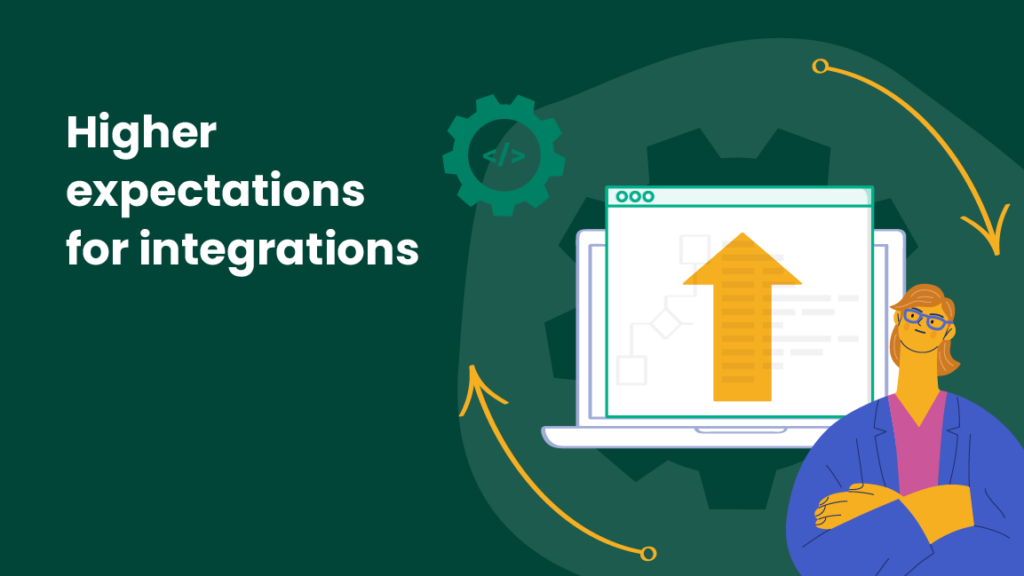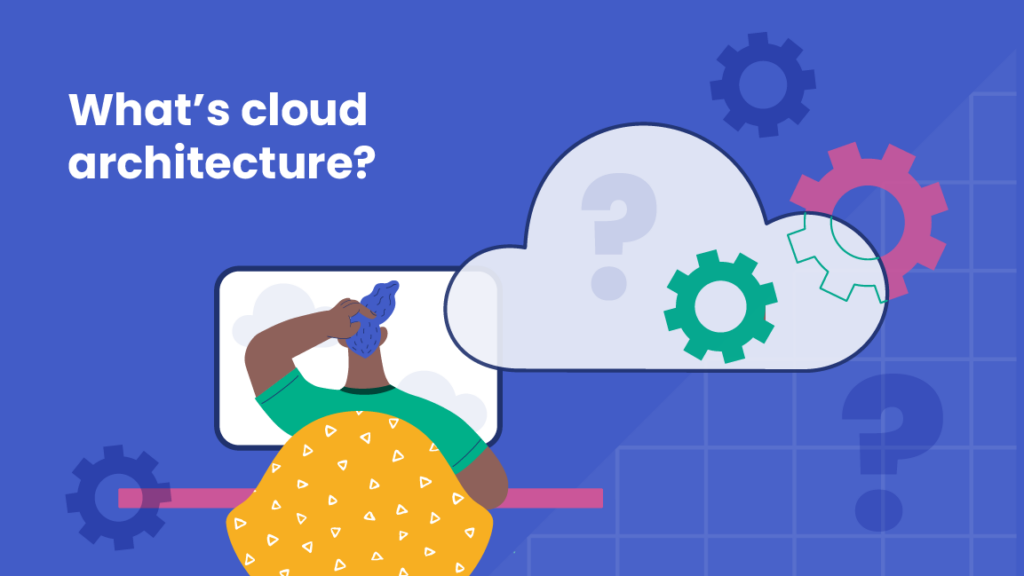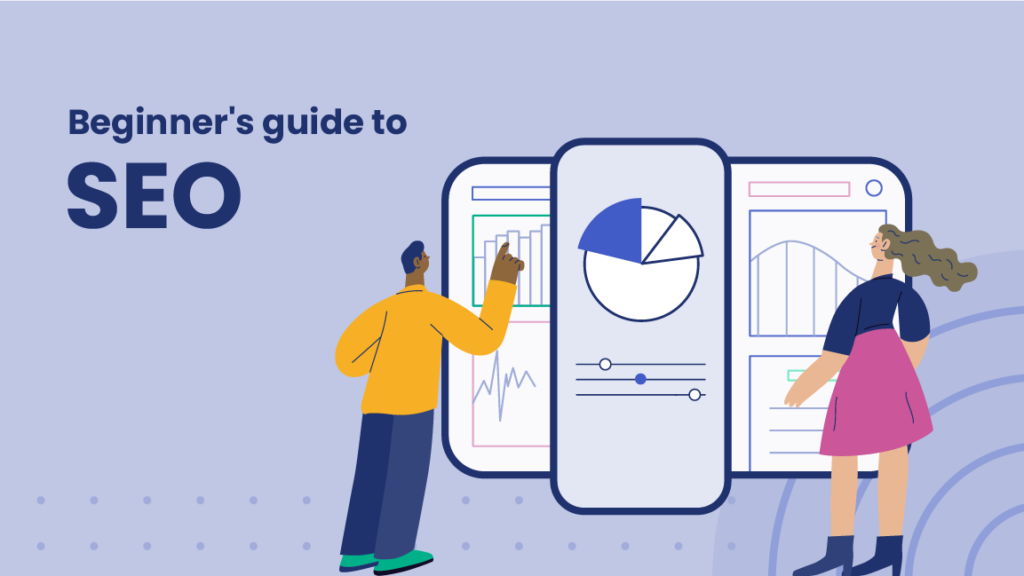What’s the digital divide (and why does it matter for government services)?

Picture how your life would function without internet access: Could you work or apply for jobs? Would you be able to easily and quickly communicate with family and friends? Could you easily get breaking news or weather alerts? Bank? Pay your utility bills?
In 2019, the Federal Communications Commission estimated that 21 million people in the United States didn’t have access to reliable internet. And a shocking number of schools (40%) and healthcare facilities (60%) outside metropolitan areas lack broadband. Given that data, there’s a good chance that there are folks in your community who don’t have reliable internet access, and these statistics only address internet access — the whole picture of the digital divide is even wider.
A quick guide to talking about the digital divide
There is a long list of elements that make up the digital divide, and each manifests differently. As you learn more about the digital divide, it makes sense to get the language right from the get-go:
- Digital divide: describes the gap between those who have the access, support, and skills to utilize digital tools and those who don’t
- Use divide refers to individual skill levels
- The access divide refers to whether or not an individual has internet access (a digital gap driven by socioeconomic factors)
- Quality-of-use divide refers to digital literacy
- Digital inclusion: refers to equitable access to the digital world and skills support
- Digital equity: achieved when all individuals have the technological capacity to participate in the digital ecosystem
Access isn’t a one-size-fits-all issue for communities. Differences in access can be explained by age, gender, income, geographic location, or disability. That’s what makes the digital divide such a challenge for agencies to address. They have to understand and find solutions for each hurdle to access in order to provide digital services to the whole community.
But understanding the factors that contribute to the digital divide makes it easier for government leaders to support better access and skills training in their community.
Why should agencies worry about closing the digital divide?
Internet access is a necessity for people to fully participate in the economy, get an education, bank, and engage with the government. Broadband is essential infrastructure for functioning in today’s society.
The only way to make sure everyone has equal opportunities for learning, economic growth, and civic engagement is to commit to addressing the digital divide. Expanding access and providing assistance in acquiring devices and skills helps individuals (and communities) grow socially, economically, and politically.
And shifting government services to digital is more practical long term. Paying property taxes or fines, renewing licenses, or buying a fishing license online saves time and resources for the government and consumers alike.
How the right technology partner can help agencies close the digital divide
Along with investing in broadband infrastructure and training, agencies can partner with a SaaS vendor to help get closer to digital equity. Technology is a powerful tool for agencies to use as they shift away from one-size-fits-all government and toward government for everyone, but the right tech partner (with a shared mission) makes all the difference.
Here are a few key features to look for as an agency striving for digital equity with the help of a technology partner:
- Accessible design: accessibility features should be a first thought for government websites and apps
- Marketing assistance: it’s crucial that residents know what services are available and understand what works best for them
- Omnichannel service: to serve a diverse constituency, agencies need a variety of channels
- Translations or language support services: English is not everyone’s first language (or preferred language), but they still need to interact with government
A customer relationship management system and an administrative portal are also helpful tools for agencies that want to understand residents better.
The future of government is government for everyone
Improving the digital equity in your community (likely with a limited budget) will require a deep understanding of your community and the ability to be dynamic — possibly shifting resources and staff to new inclusion programs.
As government agencies move forward with digital transformation efforts, they must account for the digital divide by providing all relevant channels and serving residents as individuals with unique situations and needs.
Together, agencies and private SaaS partners can improve access to digital services and tools, creating growth opportunities for individuals and communities.
Learn more about government for everyone and how accessible technology helps close the digital divide in this whitepaper.
Looking for more content?
Get articles and insights from our monthly newsletter.




